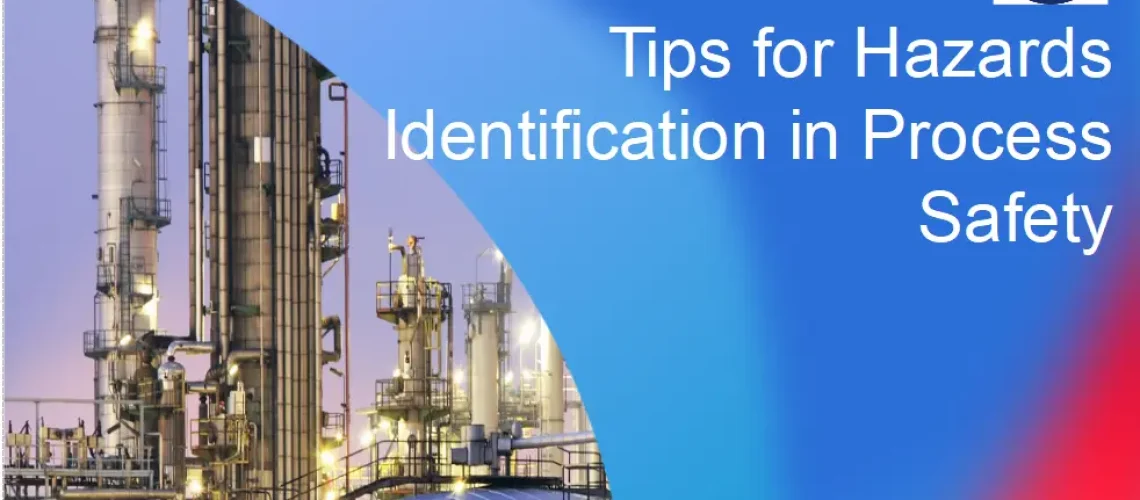Hazard identification is a foundational step in process safety, aiming to proactively recognize potential hazards that could lead to incidents. Here are some effective tips for thorough hazard identification:
- Techniques like HAZOP (Hazard and Operability Study), FMEA (Failure Mode and Effects Analysis), and What-If Analysis are proven methods for systematic hazard identification. HAZOP Study, in particular, is widely used for complex systems to identify deviations in processes.
- Engage a Multidisciplinary Team from operations, maintenance, engineering, process design and safety. Their diverse perspectives often reveal hazards one discipline alone might overlook. Quality of hazards identification depends heavily on the quality of facilitator leading the study and the team members participating the study.
- Review and analyze past incidents, near misses, and industry accident reports to identify similar hazards that could exist in your system. Incident databases (like CSB, OSHA) can provide valuable insights into common hazards and their consequences.
- Focus on identifying materials with hazardous properties (e.g., flammable, toxic, reactive) and energy sources (e.g., pressure, temperature, electrical). Document their potential impact under normal and abnormal conditions.
- Consider All Phases of Operation and Look at hazards during startup, shutdown, maintenance, and emergency situations, not just regular operations. Different phases can introduce unique risks, such as higher likelihood of human error or unexpected process behaviors.
- Examine the Environment and External Factors. Assess how environmental factors (weather, natural disasters) or nearby facilities could impact safety. Neighboring units or changes in environmental conditions can introduce unexpected hazards.
- Utilize Safety checklists tailored to specific processes or equipment to systematically identify hazards. Ensure that checklists are regularly updated to incorporate lessons learned and new regulations. What if checklists are efficient tools to identify hazards in common equipment such as boilers, fired heaters compressors.
- Recognize the role of human error, such as fatigue, stress, or lack of training, as a contributing hazard. Identify tasks with high risk for human error and develop safeguards to mitigate them.
- Regularly Re-evaluate and Update Hazard Assessments. Periodically review hazard identification documents, especially after modifications, incidents, or regulatory changes. Process changes or equipment updates may introduce new hazards, making regular reviews essential.
- Try to avoid hazards rather than trying to prevent them by applying control measures because all prevention measures can fail at some point.
- Do hazard identification as early as possible as possible as the change can be easily adjusted during the design stage because process modifications become more difficult later in the construction or operation phase.
- Try to make the process as inherently safe as practicable by performing a hazard identification during the process selection and conceptual design stage.
- Try to ensure you have identified all hazards as possible in a process by applying hazard identification method like HAZOP Study by utilizing the engineering drawings and Process Safety data.
- Remember to consider process safety time when estimating the effectiveness of your safeguards.





